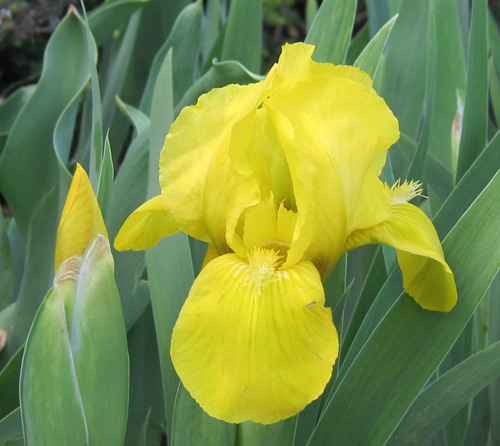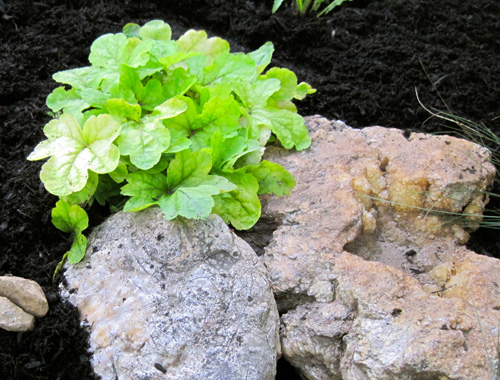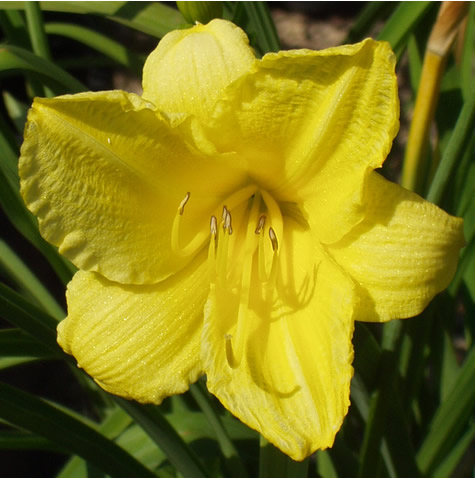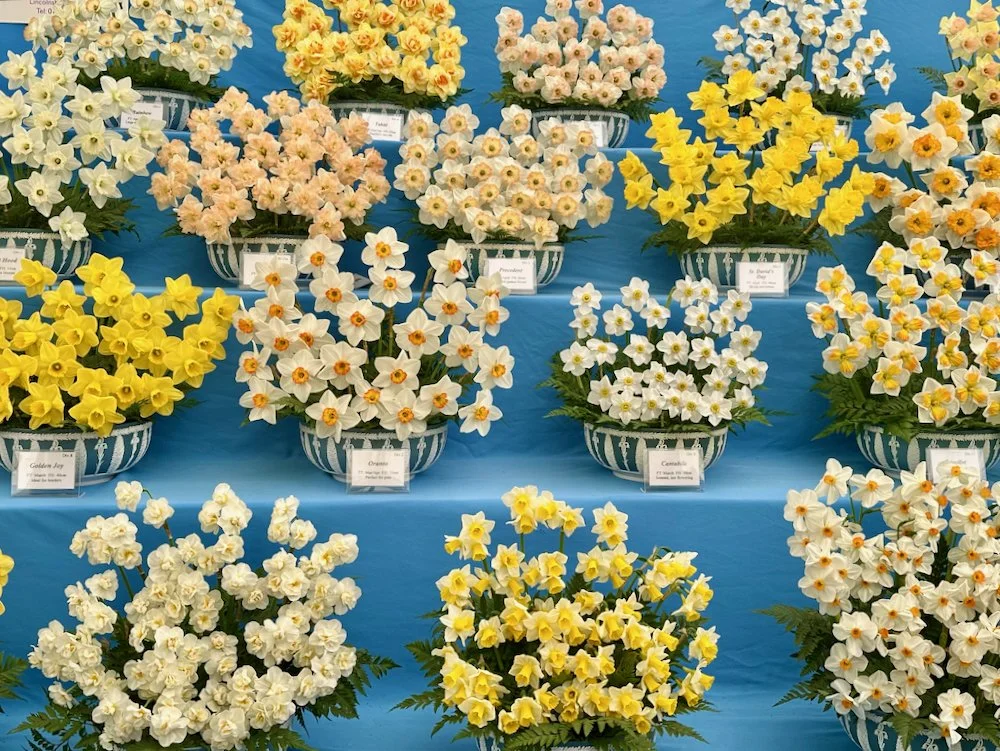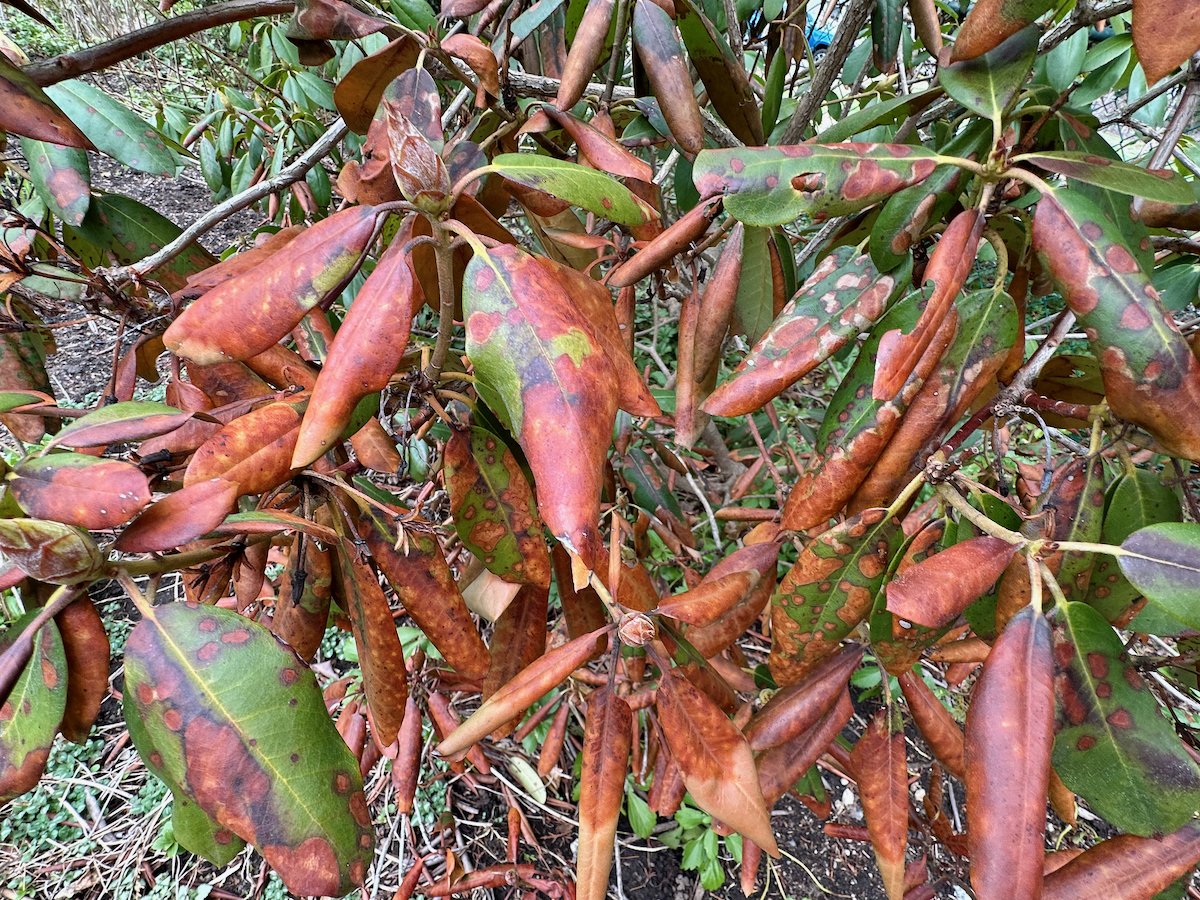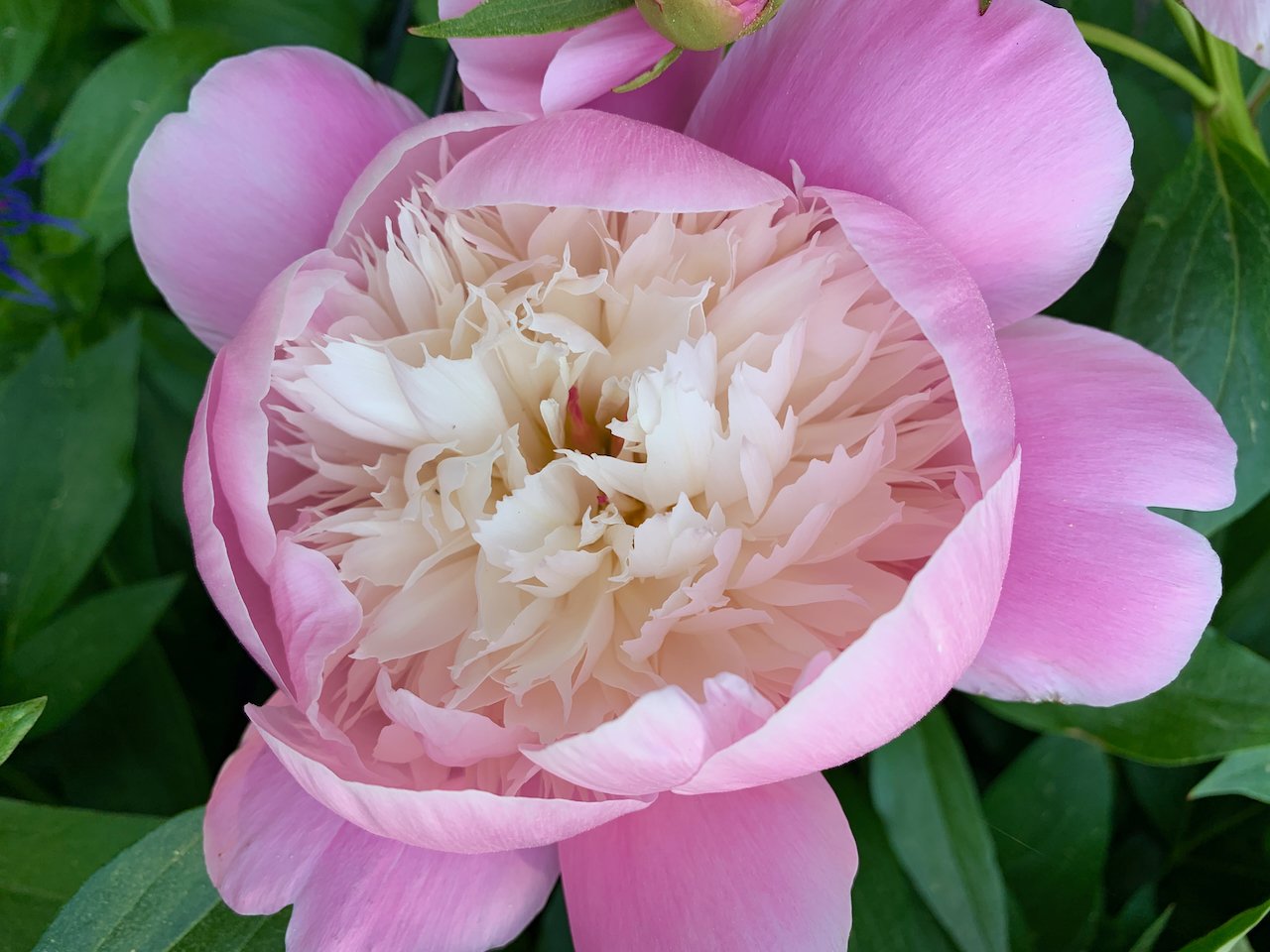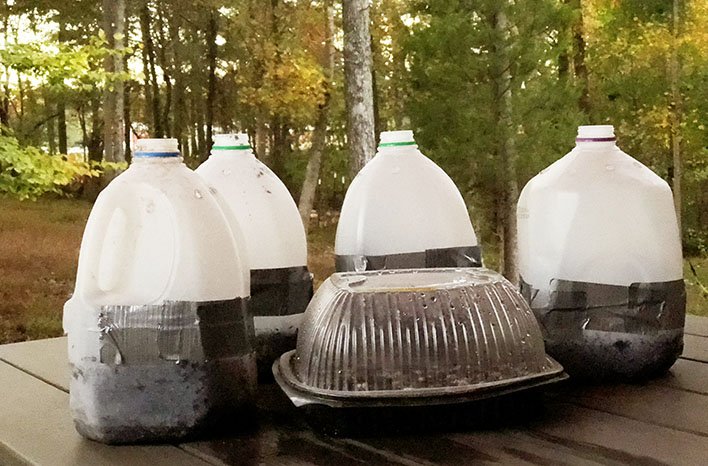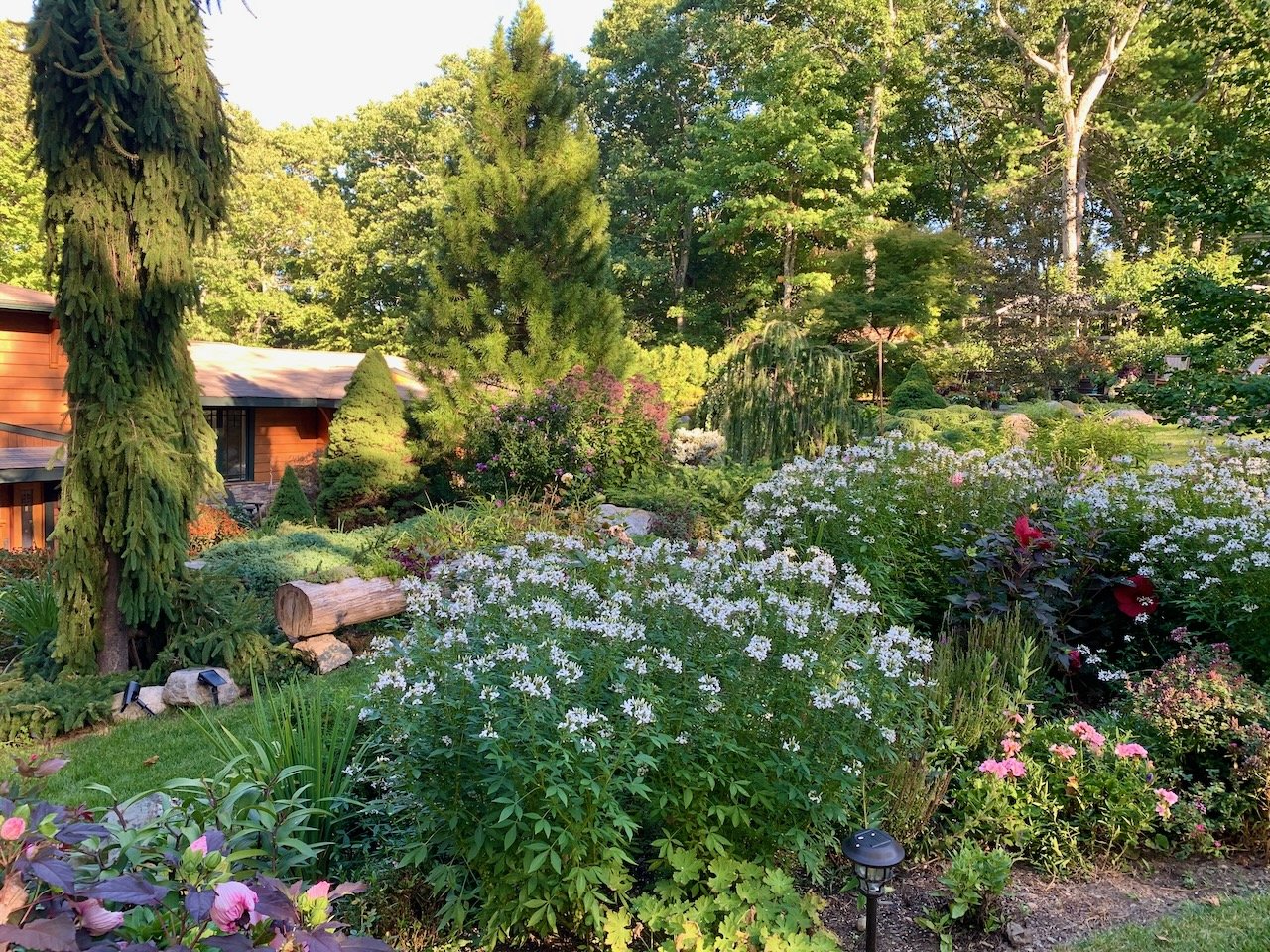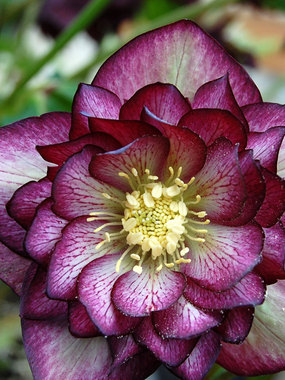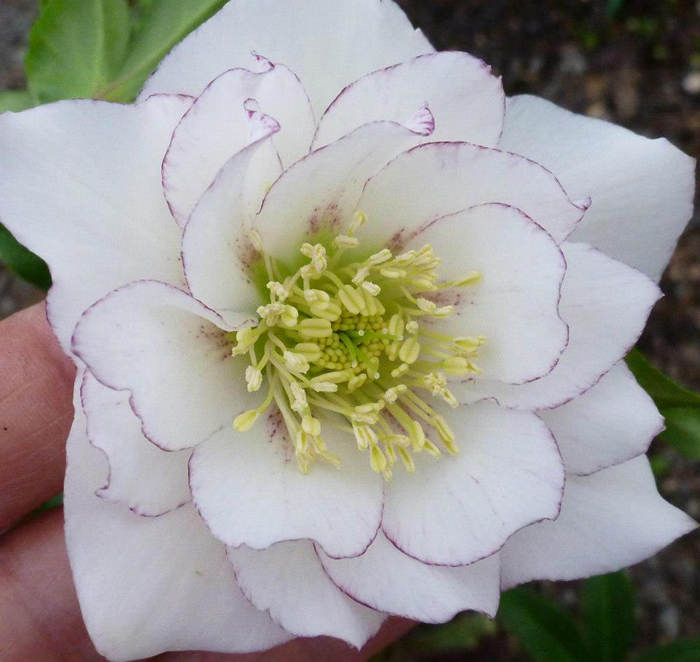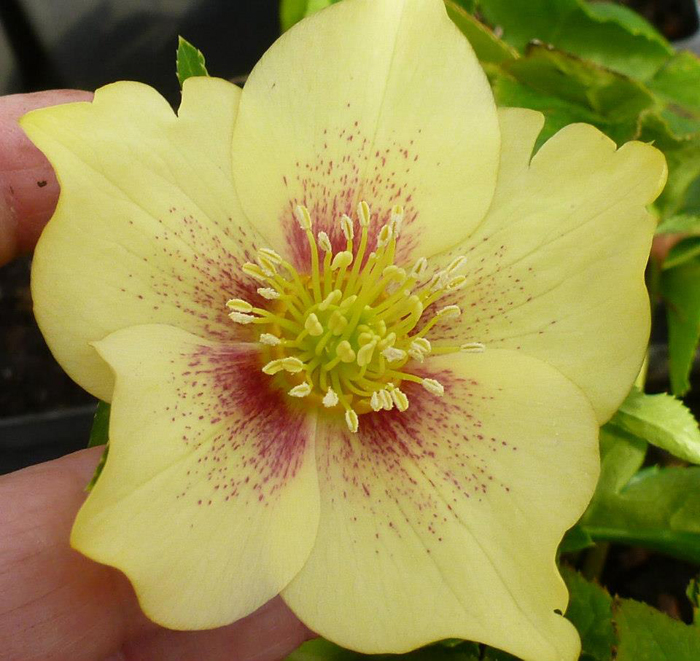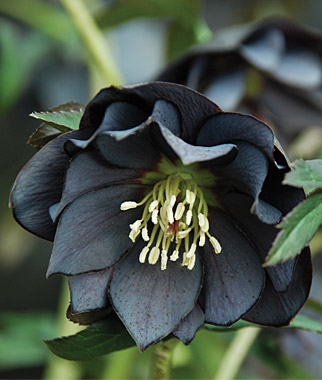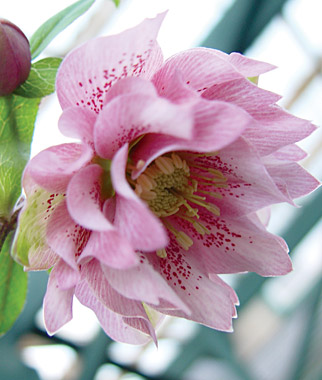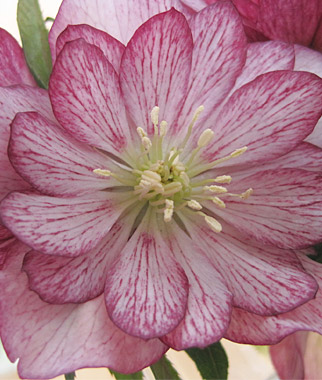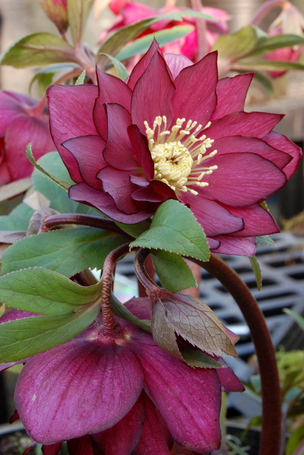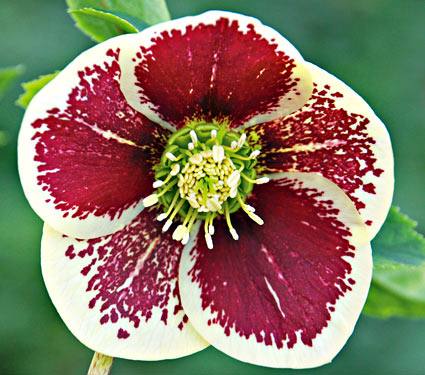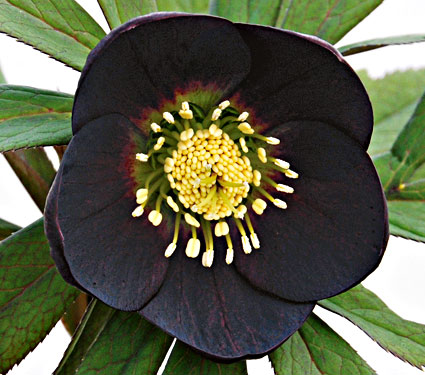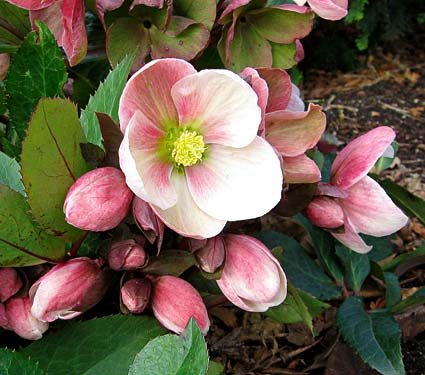Given that there are over 300 species of clematis and several thousand hybrids, it is no wonder it can be difficult to choose the right ones for your garden. If, like me, you prefer plants that are fuss free and easy to care for and bloom over a long season, then look no further than the vines in the clematis viticella group.
The Viticellas all share certain attributes that make them outstanding garden plants; they are highly tolerant of both sun and shade, they are disease resistant ( never succumbing to the dreaded clematis wilt), they bloom profusely for many weeks in the summer, and are all extremely winter hardy ( most to zone 4 ,some to zone 3).
Many viticellas, like the pale lilac ‘Betty Corning’ sport delicate nodding bell- shaped flowers. This beautiful vine grows 10-12 feet very quickly and can easily bloom 16-18 weeks non-stop. Some other great viticella cultivars are ‘Alba Luxurians’ with its green tipped white flowers and dark purple stamens that put on quite a show , the vibrant red ‘Madame Julia Correvon’ , the aptly named ‘Abundance’ that is continuously smothered in reddish- pink semi nodding blooms , and the funky double flowered ‘Purpurea plena elegans’ .
The viticella group are all perfectly suited to growing through large shrubs and small trees including viburnums, lilacs, hollies and forsythias and crab apples, giving these spring bloomers another season of interest when the clematis flowers hang down from their branches. Here in my garden I grow ‘Kermesina’ through my willows, and the dark dramatic purple ’Etoille Violette’ (an RHS Award winner) through my holly bushes, and ‘Betty Corning through more shrubs than I can count!
They are equally at home on a large trellis or fence where they will brighten any corner of your garden with their carefree blooms. All clematis in this group get hard pruned, meaning you cut them back to 8-12 inches from the ground in late winter/early spring.
Like all clematis they will benefit from deep planting, placing the crown of the plant 2-3 inches below the soil line and close attention to watering in the first year after planting to ensure their root system gets well established. Once these gorgeous vines get going their profusion of bloom will be matched only by the profusion of compliments you will receive from your garden visitors. Feel free to take them all in and never ever tell how very easy this stunning vine is to grow.
For more information on growing and caring for clematis visit me at my website www.gardenintheburrow.com
Guest Post by Cheryl Monnroe, Garden in the Burrow. Cheryl is a licensed adult educator, master gardener and lecturer. She "follows the science," reading constantly and taking classes to stay current with the latest in plant research, new plant introductions and design trends. She grow dozens of ornamental vines, perennials, trees and shrubs in addition to almost 100 clematis varieties on her one acre plot in central Massachusetts.

































